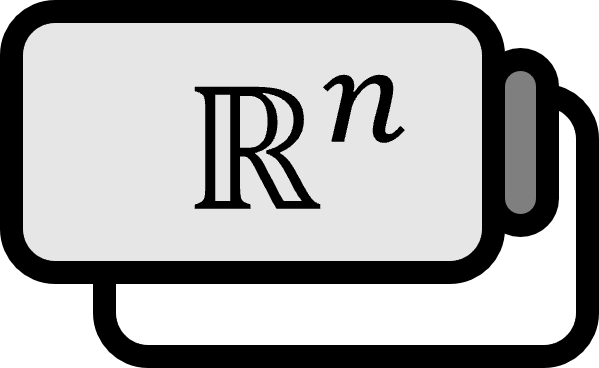Conformal Mapping
Definition1
Assuming the mapping $\mathbf{f} : \mathbb{R}^{n} \to \mathbb{R}^{m}$ is given as follows.
$$ \mathbf{f}(\mathbf{x}) = \left( f_{1}(\mathbf{x}), f_{2}(\mathbf{x}), \dots, f_{m}(\mathbf{x}) \right),\quad \mathbf{x}\in \R^{n} $$
The total derivative, or Jacobian matrix of $\mathbf{f}$ is as follows.
$$ \mathbf{f}^{\prime} = J = \begin{bmatrix} \dfrac{\partial f_{1}}{\partial x_{1}} & \cdots & \dfrac{\partial f_{1}}{\partial x_{n}} \\ \vdots & \ddots & \vdots \\ \dfrac{\partial f_{m}}{\partial x_{1}} & \cdots & \dfrac{\partial f_{m}}{\partial x_{n}} \end{bmatrix} $$
If at every point $\mathbf{x} \in \R^{n}$, the rank of the Jacobian matrix of $\mathbf{f}$ is $n$, then $\mathbf{f}$ is called a regular mapping.
Barrett O’Neill, Elementary Differential Geometry (Revised 2nd Edition, 2006), p39-40 ↩︎
